Story & photos by Barbara Beckley
Sipping a michelada, Mexico’s delicious beer, Clamato juice and lime concoction, under a beach palapa on one day. Admiring a 17th century church on the next. Watching artisans at work along a country road on another. Then zipping around town in a Pulmonia, and feasting on the world’s largest and most delicious shrimp – true – in a stylish restaurant.
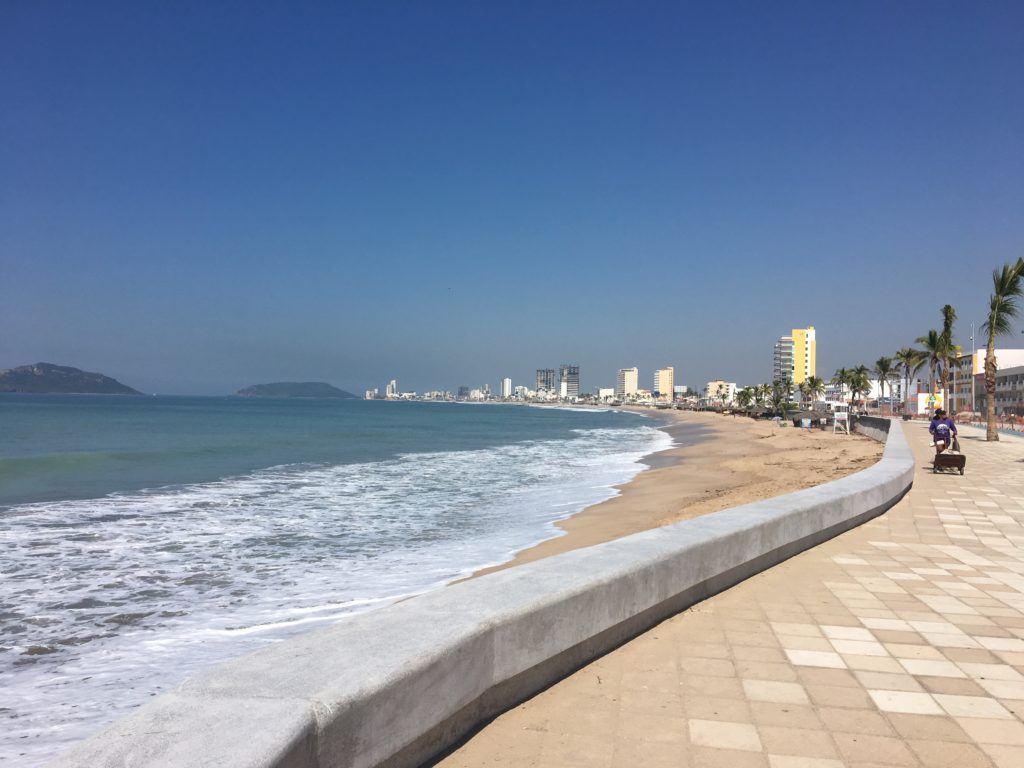
Mazatlán, on Mexico’s sunny Pacific coast, is more than just another beach destination. Founded by the conquistadors in 1531, the city boasts a proud history, and traditions that enrich a beach vacation with culture, art and lasting memories.
Of course, its sunny sands are the main attraction. They put the city on the world map back in the 1970s, as one of Mexico’s original beach destinations. Since then, ocean-front resorts continue to multiply, chic vacation homes crown the hilltops, and many colonial buildings are now beautifully restored vacation rentals, restaurants, nightspots, boutiques and museums.
The El Cid Resorts, a local family-owned business, got its start during those early days, and has blossomed into a Mexico-wide collection of beach resorts, still family owned and operated. I stayed at the El Cid Marina Beach Resort, a contemporary-style property overlooking the Mazatlán Marina, with a private beach only a minute-away by the free water-taxi.
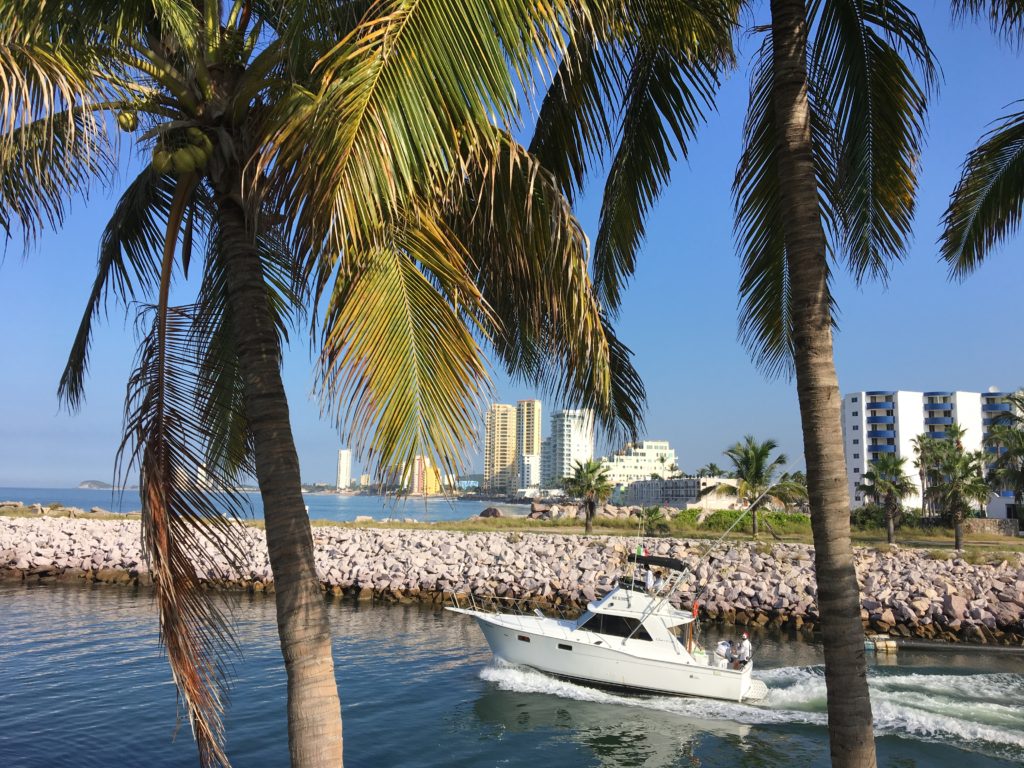
Day one found me – predictably –lounging under a palapa, michelada in hand, enjoying the ocean view and strolling mariachis at the tiki-themed Molokay restaurant, a beachfront institution since 1954. Pure heaven. But it had been an adventure getting there. It’s on Isla de la Piedra (Stone Island), Mazatlán’s popular offshore islet, with five miles of beaches, tiny villages, beach restaurants and a few boutique hotels. Like everyone, I took the 20-minute ferry ride across the harbor, and then climbed into an open-air tram — pulled by a farm tractor – yes, a tractor! — to get there. Totally worth it, of course.
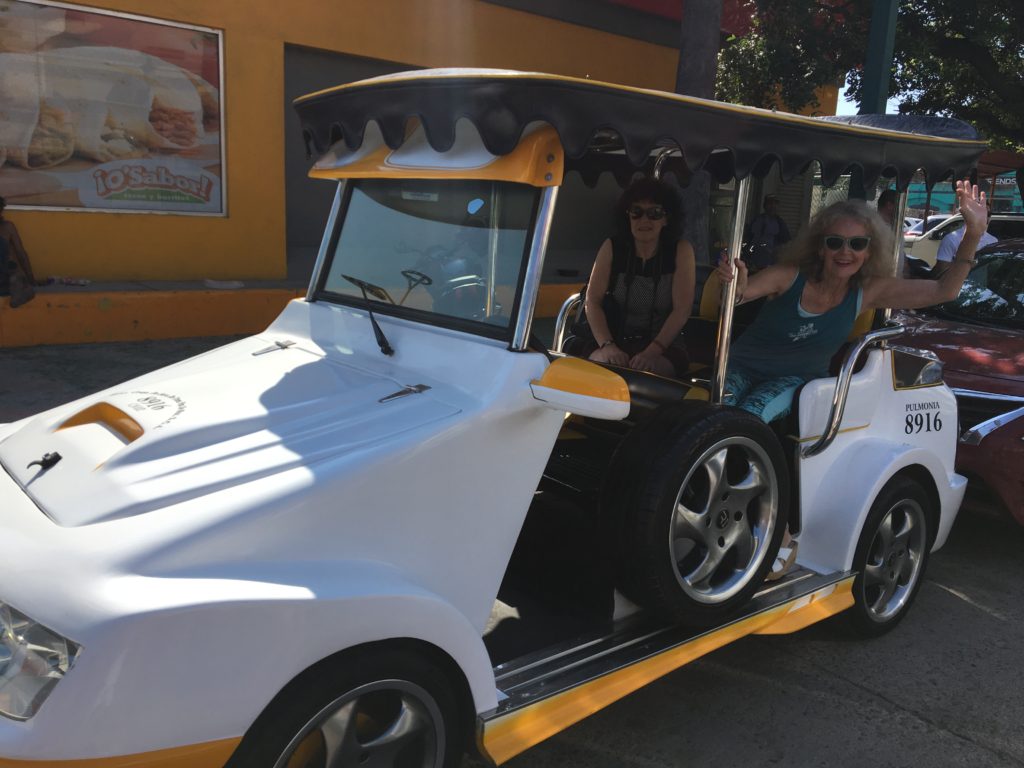
Another creative mode of transportation – the Pulmonia (like an oversized golf cart with a driver) were my wheels the next day – perfect for touring Mazatlán’s famous Malecon, the largest in Mexico. From the Centro Historico, this seaside boardwalk parallels the ocean for 13 miles, with beaches, strolling entertainers, vendors, restaurants, shops and nightclubs. The Pulmonia even made it up “Icebox Hill,” so named because ice was stored in a cave under the hill in the early 20th century, for sweeping views of the city. My Pulmonia ride ended down in town, where I hopped off to enjoy the touristy items at the Mercado, and snack on the gigantic fresh-from-the-sea shrimps at the street-side Fisherman’s Market. Mazatlán is the world’s shrimp capital, bringing in more than 40 tons annually. “The configuration of the ocean floor is the ideal shrimp habitat,” explained Rodolfo Osuna, my guide and proud Mazatlán native.
In the Centro Historico, I was impressed by the beautiful Mazatlán Cathedral, completed in 1899, and the equally ornate 19th century Angela Peralta Theater.
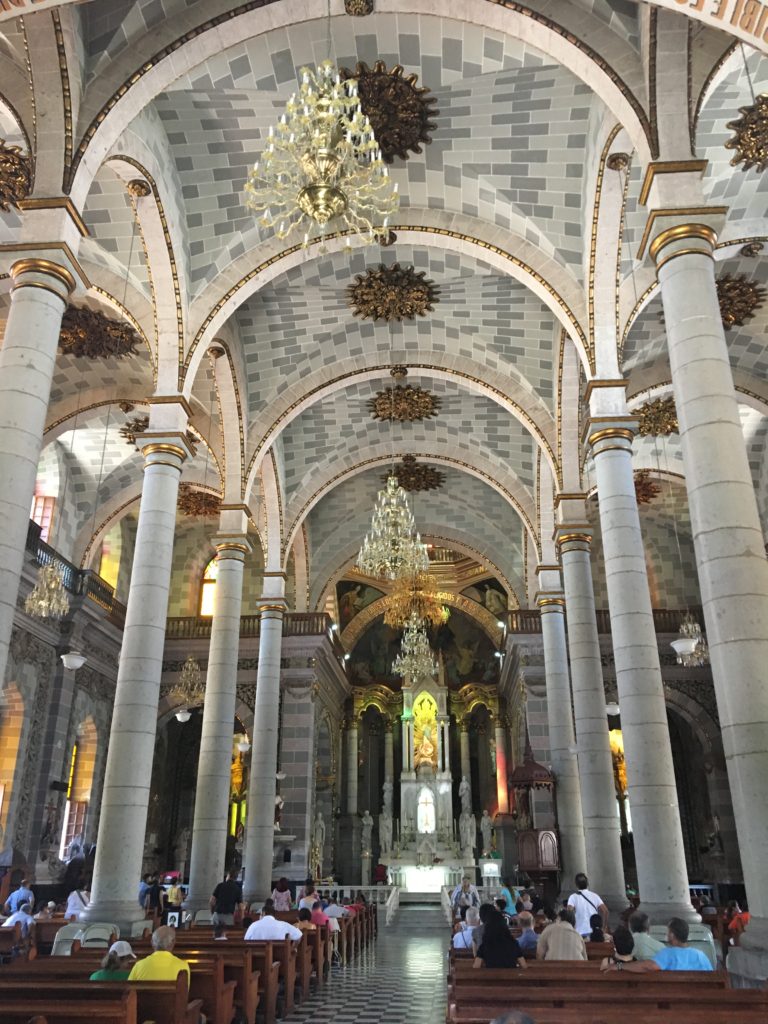
Night was falling, as I walked across Plaza Machado, the city’s principal square in the 1880s, and up the stairs of a grand colonial former residence and now home to Restaurante Casa 46, helmed by Chef Marino Maganda, a founder of the “New Mazatlán Cuisine” movement. Looking down from a table on the restaurant’s coveted second-story balcony, I watched the twinkling lights and stylish sidewalk café scene below. Chef Maganda’s menu was exquisite including delicious mushroom cappuccino (way more than soup), and lamb osso bucco.
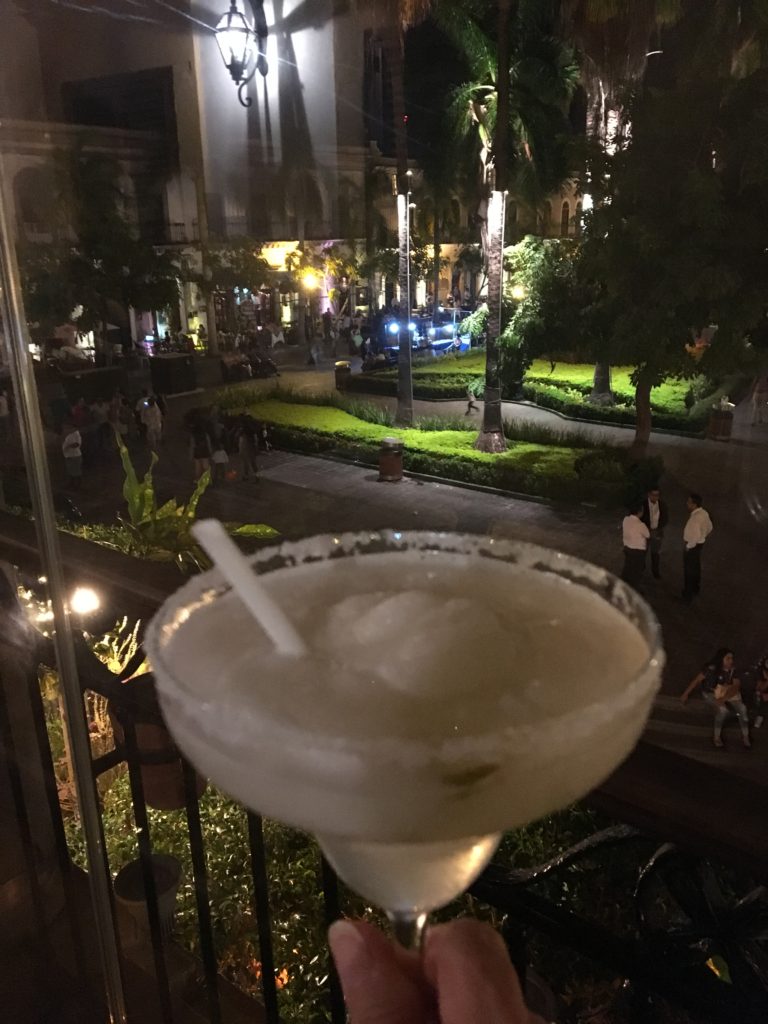
From the beach into the Sierra Madre Mountains took about an hour on the High Country Tour, but centuries into the past at the gold and silver mining towns of Concordia and Copala, both founded in 1565. Furniture and pottery-making studios line the road into Concordia, now famous for hand-carved furniture. In the city square, I couldn’t resist taking a selfie in the gigantic rocking chair, artfully placed in front of its 18th century San Sebastian Church.
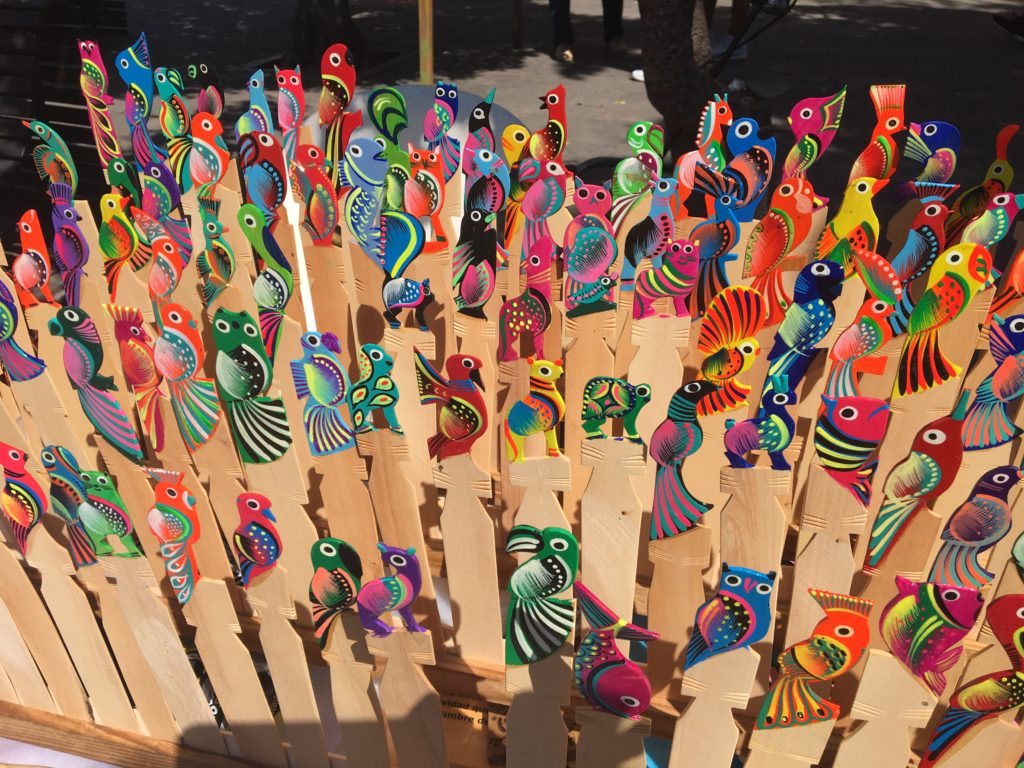
Going farther into the mountains, Copala appeared like something out of a fairytale. Its church is untouched since opening in 1748, facing the small cobblestone square. We lunched at Alejandro’s Restaurante – famous for banana cream pies — set in a colonial former mining headquarters building across from the church. “Was this a fireplace?” I asked my server, of a beautiful mantel with a blocked-off opening beneath.
“No, it’s the entrance to a mineshaft,” she answered. “Whoa,” I said, backing away. That was a surprise. As was the four-foot-long iguana, lounging quietly on a palm leaf outside my window, when I returned to my resort.
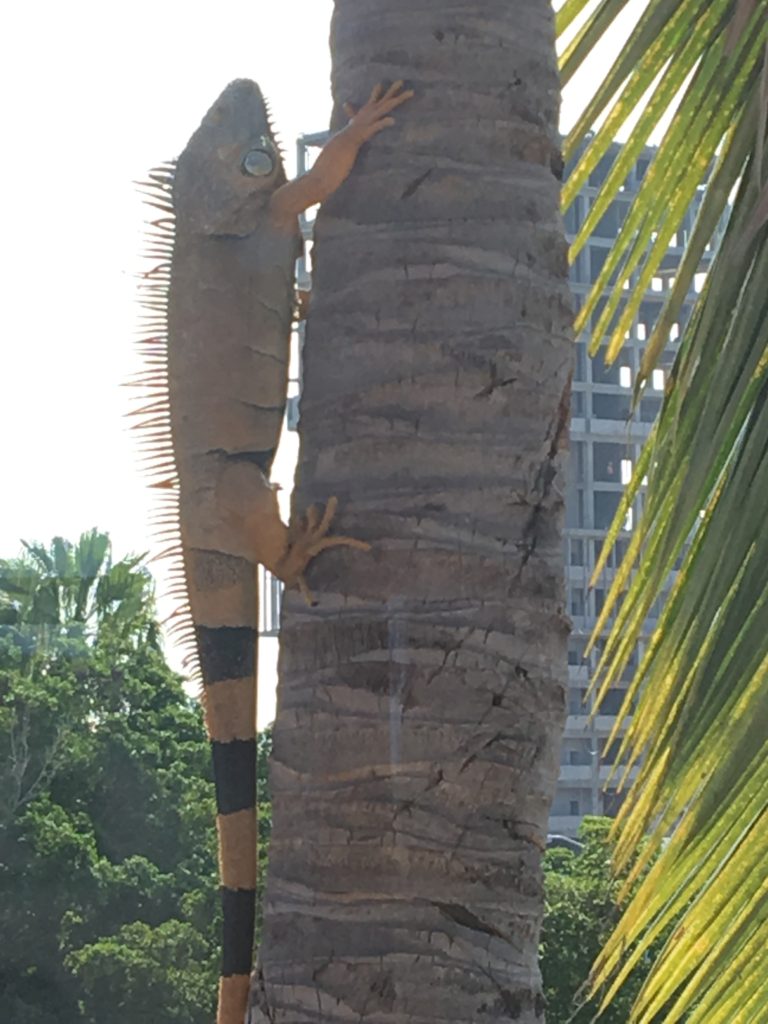
Just a few delightful examples that Mazatlán offers more than you expect.
To learn more, visit GoMazatlan.com (www.gomazatlan.com)
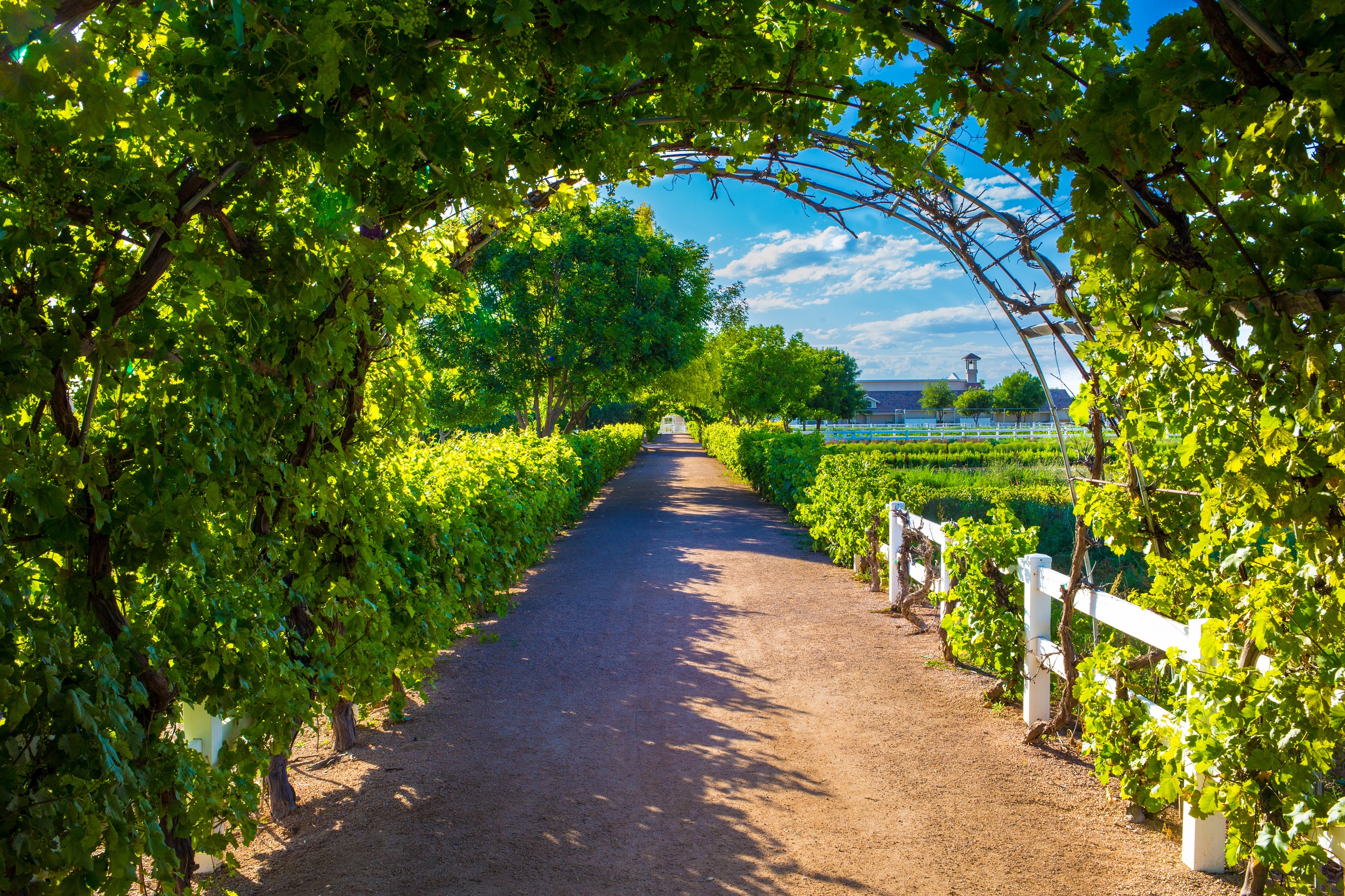

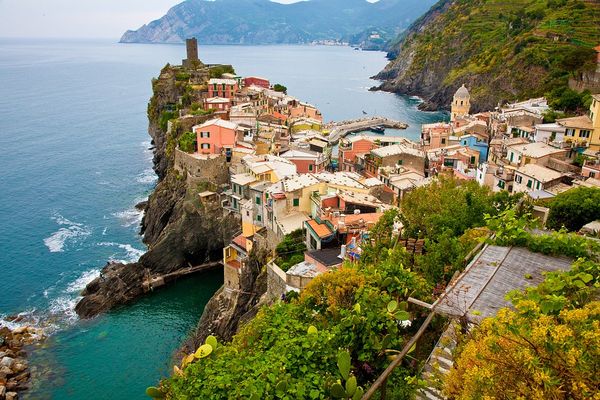

Great blog post.Really looking forward to read more. Will read on…
hello!,I love your writing very much! proportion we communicate more approximately your article on AOL? I require an expert on this space to unravel my problem. Maybe that is you! Taking a look forward to look you.
… [Trackback]
[…] Here you can find 68475 more Info to that Topic: pswishyouwereheretravel.com/mazatlan-more-than-beautiful-beaches/ […]
I do trust all of the ideas you have offered in your post.
They’re really convincing and can certainly work.
Still, the posts are very quick for newbies. May you please lengthen them a little from subsequent time?
Thanks for the post.
Also visit my blog post – vpn code 2024
… [Trackback]
[…] Info on that Topic: pswishyouwereheretravel.com/mazatlan-more-than-beautiful-beaches/ […]